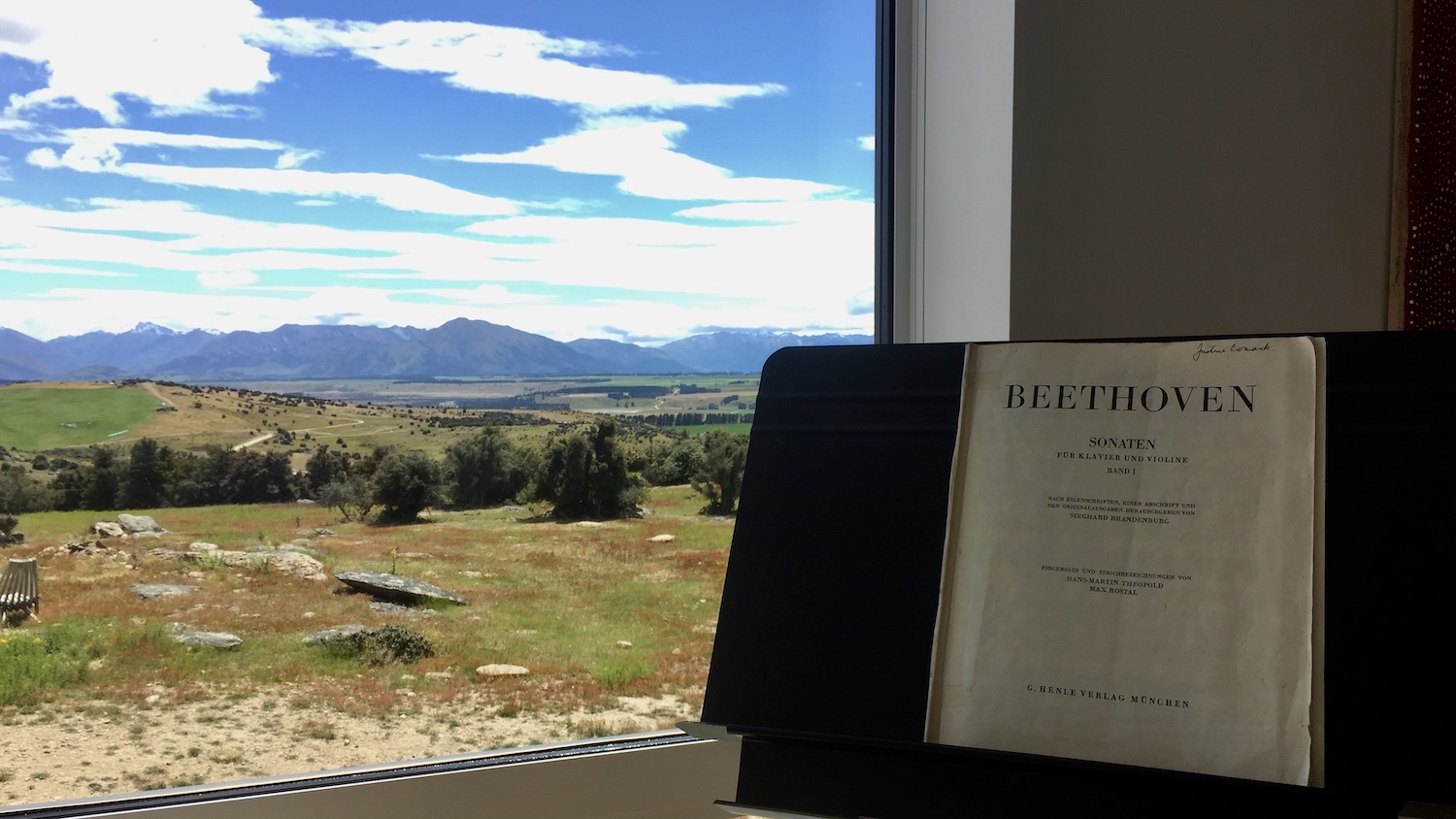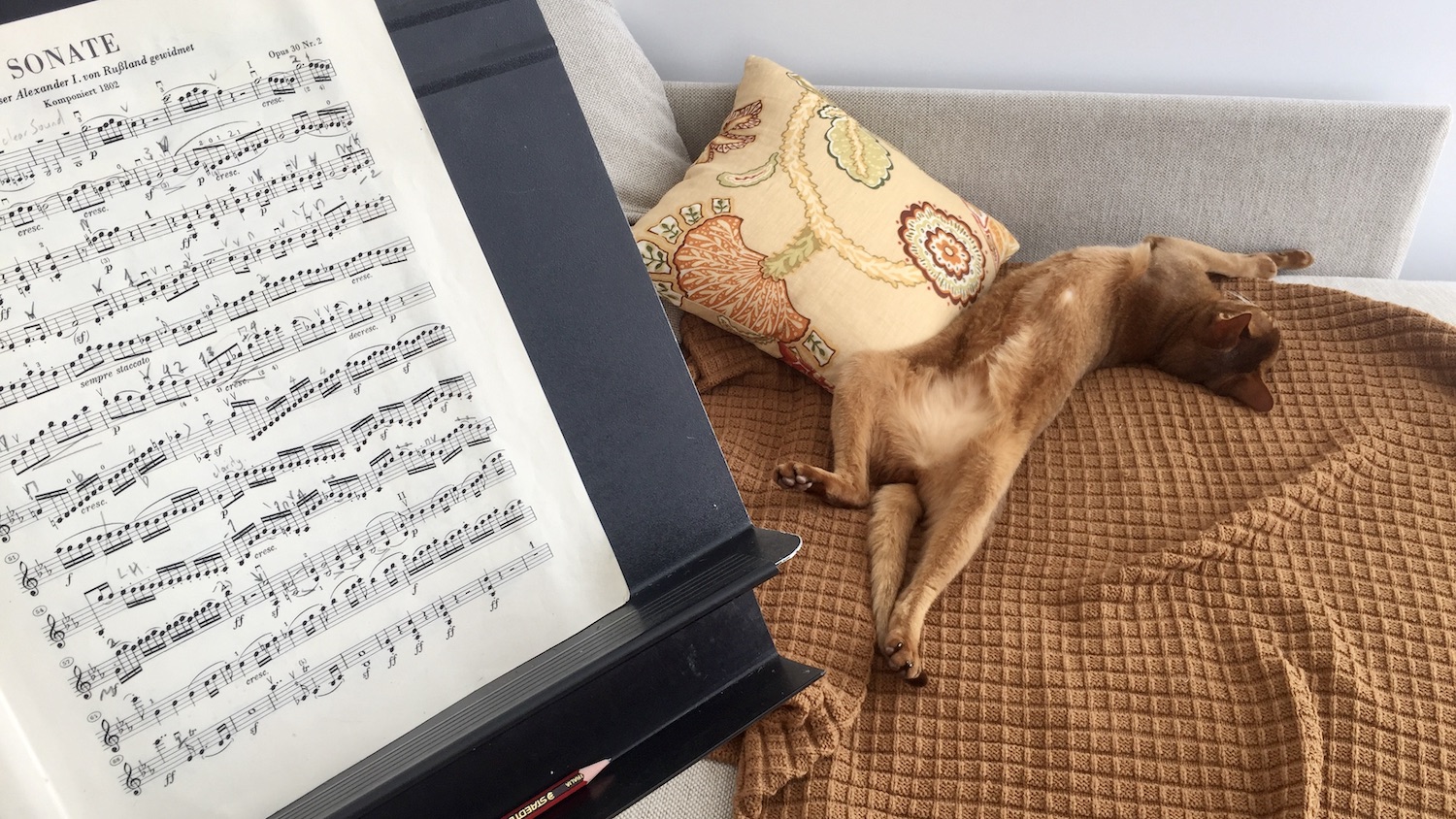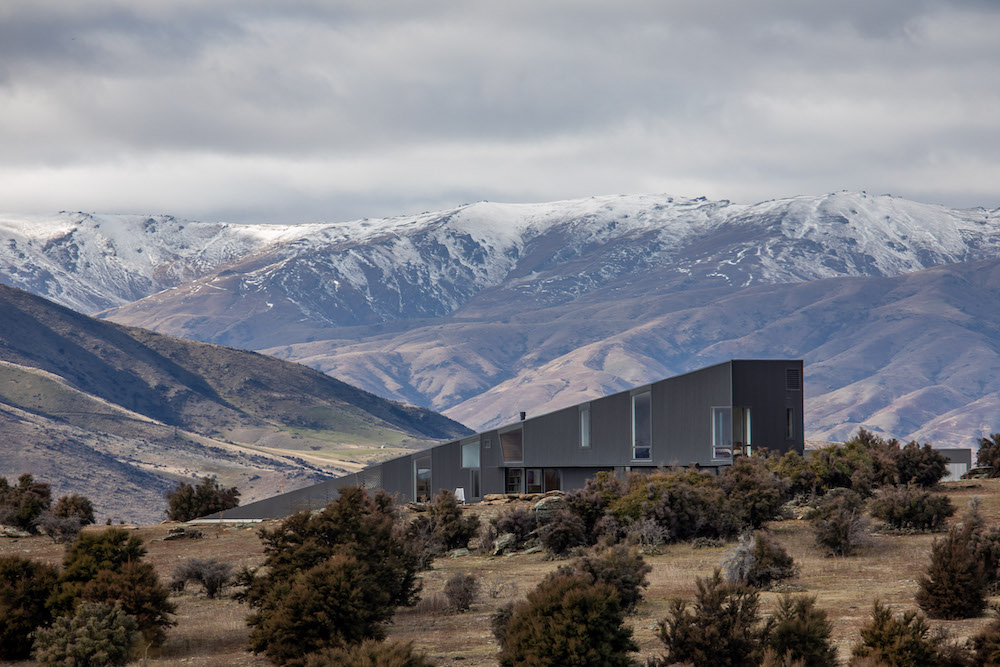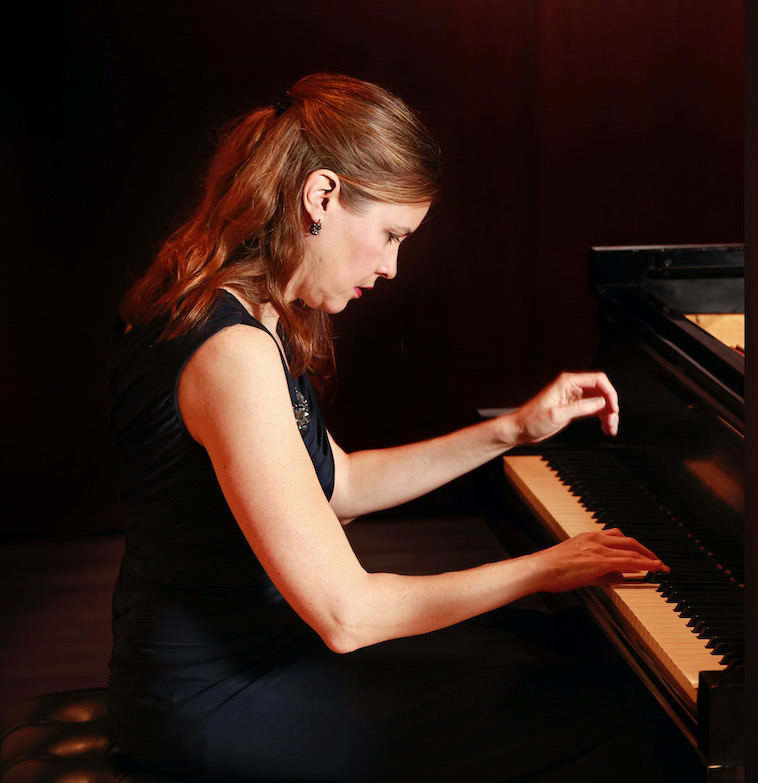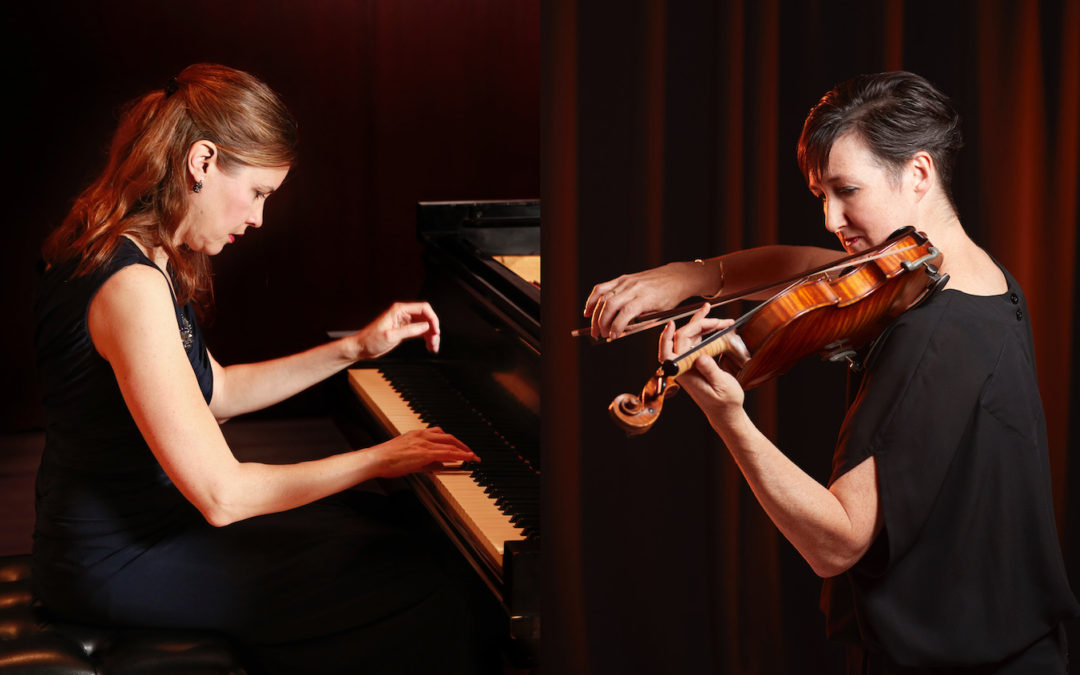
Silver linings the second time around
Silver linings the second time around
Having performed the complete cycle of Beethoven’s violin sonatas in February 2020 with American pianist Kate Boyd, we had originally planned to perform the cycle again later that year. But of course, COVID had other plans for us and the soonest that we could rearrange for our second cycle was for 10-17 January 2023 – almost 3 years later.
With the first of these concerts now just a day away, I’ve been reflecting on the new opportunities that presented themselves because of the enforced ‘change of plans’, and the silver linings have been numerous and rather wonderful.

Recovery
The first silver lining of the delay was that it allowed for a substantial break from the original intensity of preparing the first cycle – which was significant, giving us time to really recover physically and mentally.
Two years passed between the original cycle and diving back into preparation for the second time around, and I came back to the sonatas with renewed energy and, even more importantly, fresh ears.
A fresh perspective
Back in February of 2020 when we first performed the cycle, of course we had no idea what was right around the corner.
We performed the cycle literally weeks before the impacts of pandemic reached our shores. Looking back, Kate and I were extremely fortunate to have been able to perform our first cycle without disruption.
Then, considering the upheaval to normality that the whole world had experienced in response to the pandemic, coming back to the sonatas two years later, after all we had been through, I really did have a completely new perspective.
The privilege of playing these incredible works, and sharing them with a whole new audience, feels even more incredible.
A brand new Barenreiter edition
Another silver lining of our delay involved the release of Barenreiter’s new urtext edition of the sonatas – released in 2021, subsequent to our first cycle.
Honestly, being able to use this long-awaited edition has been wonderfully liberating. It provided me with a literal ‘clean slate’ to begin my preparation of the sonatas in 2022 and the beautifully typeset pages have been a joy.
Having previously always used the Henle urtext edition, I was often frustrated by the editor’s fingerings and bowings which were many times in direct opposition to my own instincts and musical desires. I so often had to ignore the editor’s markings on the page, having to actively overide those directions – which is actually easier said than done.
This time around, using the Barenreiter version with no added fingerings or bowings beyond Beethoven’s own phrase and articulation markings, my un-hindered decision making process has been somewhat of a revelation.
I have been free to respond to the music without being swayed by someone elses suggestions of fingers, bowings and even phrasings, and it has been interesting to observe that difference in my interpreation of the music as a result.
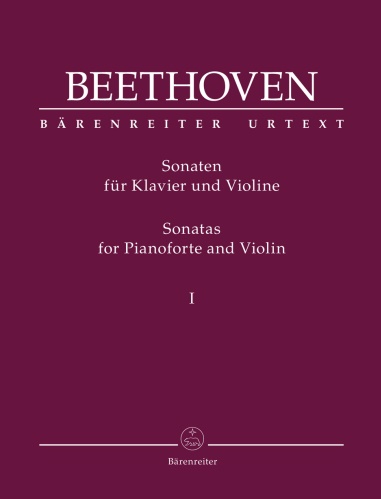
Working with Stephen Larsen
The final ‘silver lining’ is perhaps the most significant – the opportunity to play for my inspiring colleague Stephen Larsen on numerous occasions during my preparation in 2022.
I am so grateful for all the time he gave up during the year to listen to me play. I worked through the ten sonatas with Stephen over the course of 2022 and he shared all sorts of technical and musical gems that have had a profound impact on my playing.
It has been a ‘spring clean’ of sorts, with many fun hours spent discussing and experimenting with techniques and musical options.
So thank you Stephen for your insightful support! You will be very much with me during our second cycle performances in the coming days as Kate and I share these extraordinary works with the audiences here in Indianapolis.


